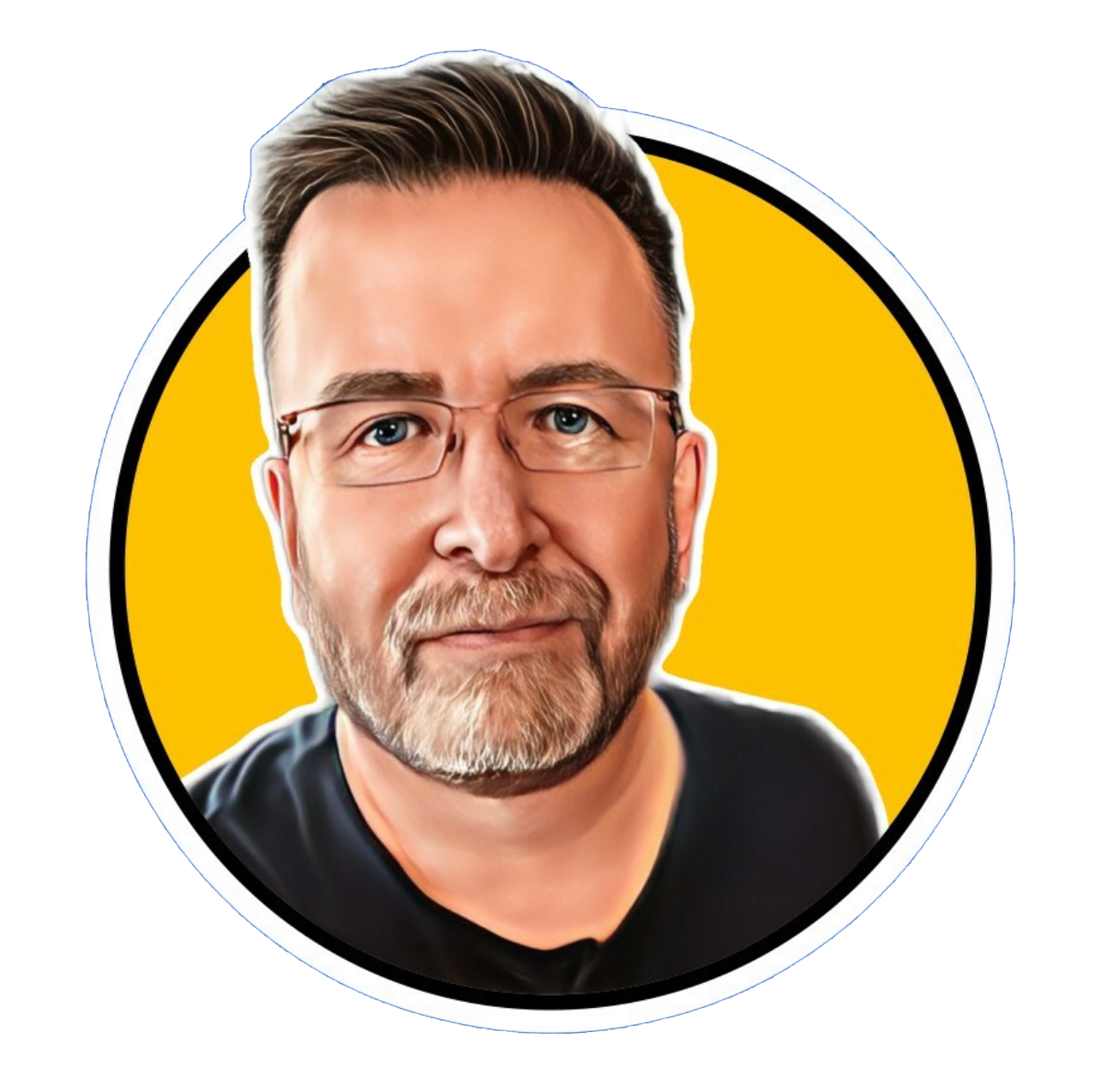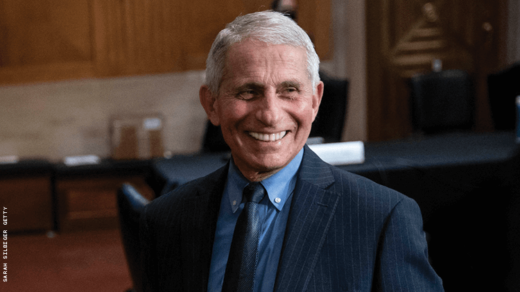Why June is LGBTQ+ Pride Month
Author: Trudy Ring

“Pride started with a protest.”That’s a slogan used often to remind us of the origins of LGBTQ+ Pride Month, celebrated each June in the U.S. and many other countries. It’s used especially by those who feel Pride parades and festivals have become too corporate and not as political as they should be. But Pride Month and the attendant events endure, having survived pandemics, hostile politicians, and internal controversies. Here’s a look at why we observe Pride Month in June.
Related: President Joe Biden calls on LGBTQ+ community ‘to wave their flags of pride high’ this June
The short answer is Stonewall. But there’s more to Pride history than that.
As most reasonably informed LGBTQ+ people and allies know, a police raid on the Stonewall Inn, a popular gay bar in New York City’s Greenwich Village, early in the morning of June 28, 1969, led the patrons to fight back, with riots in the area of the bar over the next several days. The Stonewall uprising is shrouded in myth and mystery about who was there, who threw the first brick, and so on. But what’s unquestionable is that the community showed it wasn’t going to take harassment and brutality lying down. It had shown that before, but Stonewall was the “Big Bang” that jump-started the movement at the end of a tumultuous decade, as historian Lillian Faderman wrote in Long Road to Freedom: The Advocate History of the Gay and Lesbian Movement, published in 1994.
There had already been other protests against the oppression of LGBTQ+ people — early on, referred to less inclusively as gays, gays and lesbians, or even homosexuals, even though bisexual and transgender people were very much part of the movement.
In 1959, drag queens and hustlers protested police harassment at Cooper’s Donuts in downtown Los Angeles, a popular gay hangout. In 1966, there were demonstrations and riots against similar mistreatment at Compton’s Cafeteria in San Francisco. As patrons of the Black Cat Bar in L.A. rang in 1967, police raided the gay establishment, arresting those dressed in drag or kissing a member of the same sex. Gay Angelenos responded with multiple protests, and the Black Cat demonstrations led to the publication of a newsletter that became The Advocate.
The first annual observance in support of LGBTQ+ rights were the Reminder Day Pickets in Philadelphia. The demonstrations were held each July 4 from 1965 to 1969 at Independence Hall. Pioneering activists including Barbara Gittings and Frank Kameny were involved in the protests. After Stonewall, organizers of the Reminder Day Pickets suggested commemorating that date in the last weekend of June. See Library of Congress footage of a 1968 Reminder Day event below.
The Second Largest Minorityyoutu.be
The first Pride marches or parades observing the Stonewall anniversary came in 1970 in New York, Chicago, Los Angeles, and San Francisco. Activists were encouraged by the turnout and began planning repeat annual events, and other cities soon took up the cause. Boston’s first one came in 1971, Dallas’s and Philadelphia’s in 1972, Seattle’s in 1974, Washington, D.C.’s in 1975, and on and on. Pride celebrations spread overseas too; London’s first was in 1972, Sydney’s in 1978, Montreal’s in 1979. The international WorldPride was first held in Rome in 2000; Washington, D.C., is hosting it this year.
Now Pride is observed in cities large and small, and not always on the Stonewall anniversary, for reasons of convenience and more. For instance, in Palm Springs, Calif., located in a desert area, June is too scorching for parades, so Pride is held in early November. Los Angeles and West Hollywood usually hold Pride in early to mid-June, and in other cities it happens in July, August, or later. Tokyo holds Pride in April, Rio de Janeiro in November.
A look back on the first gay pride parade in LAyoutu.be
Spreading Pride to a week or a month
Some cities began celebrating a Pride Week in the 1970s, sometimes with official recognition from political leaders. For instance, Seattle Mayor Wes Uhlman declared a Gay Pride Week in 1977. Now mayors, governors, and more are declaring Pride Month.
In 1999, Bill Clinton became the first U.S. president to proclaim June as Pride Month — it was then dubbed Gay and Lesbian Pride Month. Clinton was and is a Democrat; when Republican George W. Bush moved into the White House, he declined to recognize the month. When the next Democratic president, Barack Obama, took office in 2009, he began proclaiming LGBT Pride Month annually.
Again, with Donald Trump, a Republican president failed to declare Pride Month, although he sent out a tweet in 2019 calling for “solidarity with the many LGBT people who live in dozens of countries worldwide that punish, imprison, or even execute individuals on the basis of their sexual orientation.” It amounted to “be grateful we don’t execute you,” as The Advocate’s headline noted.
Happily, with Democrat Joe Biden, Pride Month again has White House recognition. This year’s proclamation, issued Friday, declared June as Lesbian, Gay, Bisexual, Transgender, Queer, and Intersex Pride Month. “I call upon the people of the United States to recognize the achievements of the LGBTQI+ community, to celebrate the great diversity of the American people, and to wave their flags of pride high,” he wrote.
The burgeoning of Dyke Marches, Black Pride, and trans events.
As Pride celebrations spread, many women, people of color, and trans people became frustrated that they, like LGBTQ+ activist groups and society at large, were dominated by white cisgender men. So they not only fought to make general Pride celebrations more inclusive but founded their own.
The first Dyke Marches were held in 1993 in New York, San Francisco, and Washington, D.C. Events centering queer women were held sporadically in cities around the nation before then, but they didn’t become continual occurrences. After 1993, many other cities began holding Dyke Marches.
Annual Black LGBTQ+ Pride celebrations have been held since 1991, with DC Black Pride being the first. These events are now in U.S. cities from coast to coast and in many other countries as well.
Trans people have often been marginalized even in the LGBTQ+ community, despite the importance of trans activists such as Marsha P. Johnson and Sylvia Rivera to Stonewall and the beginning of the modern LGBTQ+ movement. Trans people and drag queens have sometimes even been barred from Pride parades. So in the 21st century, trans marches have been organized in many cities, with San Francisco’s, which started in 2004, being most likely the largest and oldest.
Weathering storms
Since the beginning of Pride celebrations in 1970, the queer movement has faced many challenges, from hostile politicians and religious leaders to internal dissension. Pride parades in large cities are now big enough that marchers and onlookers can ignore any anti-LGBTQ+ protesters who show up, and in progressive areas, politicians are eager to participate in Pride parades and festivals, which certainly wasn’t always the case. The AIDS epidemic devastated the community, but Pride went on, and the fight against the disease birthed many fierce activists. The COVID-19 pandemic caused the cancellation of numerous Pride events, but celebrations have come back strong now. And debates have raged about whether corporate sponsorship of Pride is a good or a bad thing and whether the participation of uniformed police is appropriate. These debates will undoubtedly continue to go on, but so will Pride — both for veteran activists and the new generations coming out.
Happy LGBTQ+ Pride Month!
From Your Site Articles
Original Article on The Advocate
Author: Trudy Ring




